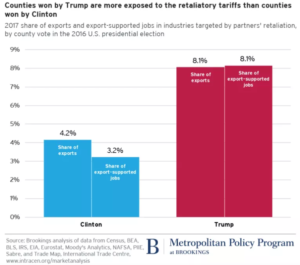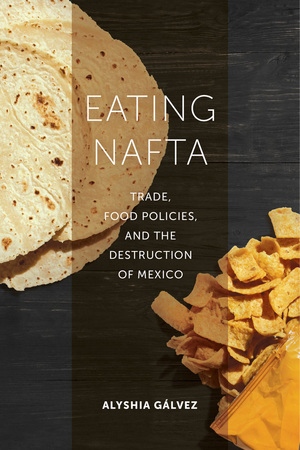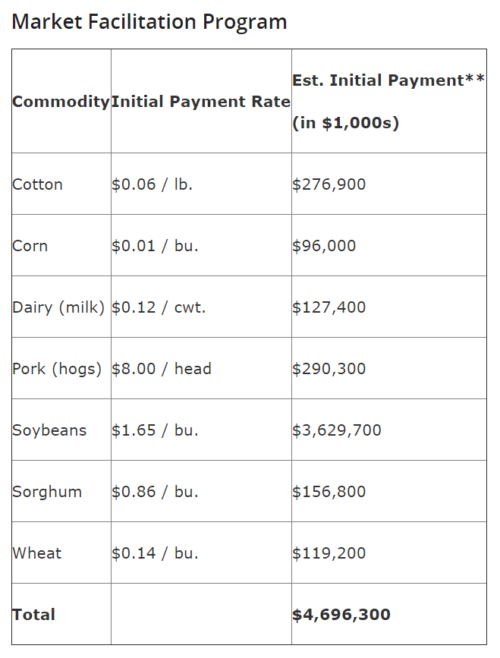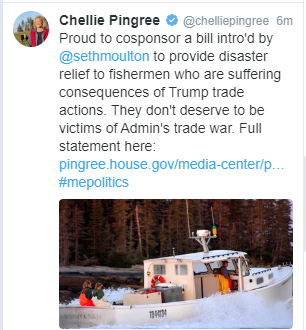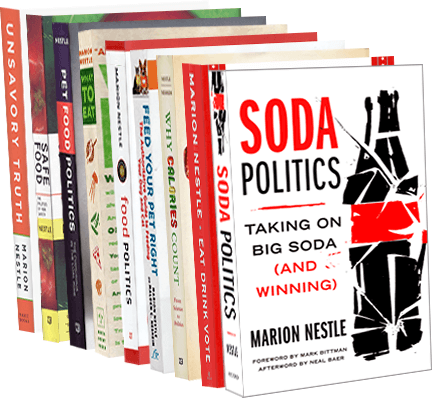Bakery & Snacks looks at Brexit
While Brexit—Britain’s leaving of the European Union—is in turmoil, the industry newsletter, BakeryAndSnacks.com has a few articles on its effects on this industry. Complicated, no?
- Brexit: ‘If the worst case scenario happens the UK will make ‘No deal’ and will have to trade on WTO terms’: If the worst case scenario happens in Brexit negotiations the UK will make ‘No deal’ and will have to trade on WTO (World Trade Organization) terms, the only global international organization dealing with the rules of trade between nations, says Baker Botts. Read more
- Have your cake and eat it: The Brexit effect on bakery and snacks: BakeryandSnacks asked exhibitors at ife 2017, held in London at the beginning of March, what effects Brexit may have on their companies. Read more
- Fewer biscuits for your buck thanks to Brexit: McVitie’s to shrink packet size: Pladis UK has announced it is reducing the size of the McVities Digestive biscuit pack, thanks to a weak sterling following Brexit. Read more
- Beyond Brexit: Five legal issues UK food firms need to protect against in 2017: The year ahead will present UK food companies with a range of major legal challenges over and above the fallout from Brexit, according to leading food industry lawyer Peter Cusick. Read more
- Brexit and its impact on businesses to take centre stage at ECMA Congress: Brexit, the Circular Economy, plastic waste and digital technology are some of the highlights at this year’s ECMA (European Carton Makers Association) Congress. Read more


